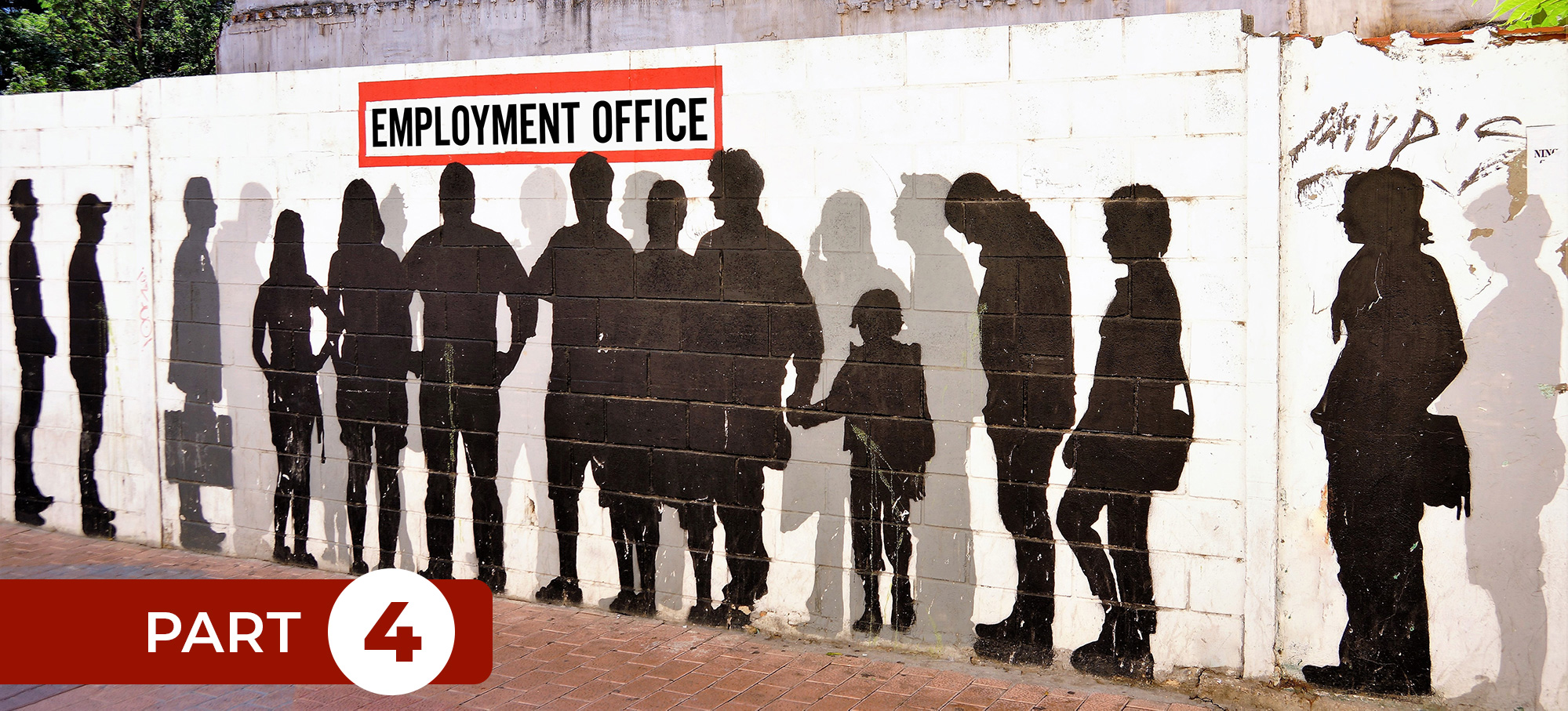This is a continuation of the blog series Today’s White Niggers.
To start reading from the beginning, go to Part 1.
In the nineteenth century, at least three-quarters of the country’s northern industrial workers were immigrants or the children of immigrants. These workers got trashed. Labor historian Herbert G. Gutman tracks the story:
In 1859, the New Jersey American Standard called Irishmen who caused disorder as they sought wages due them from the Erie Railroad “animals” and “a mongrel mass of ignorance and crime and superstition, as utterly unfit for its dues, as they are for the common courtesies and decencies of civilized life.
In the 19th century, at least three-quarters of the country’s northern industrial workers were immigrants or the children of immigrants. These workers got trashed.
In 1869, Scientific American told the “ruder” laborers of Europe who were welcomed to American shores that if they did not “assimilate” quickly, they would face a “quiet but sure extermination.” They must change their ways or “share the fate of the native Indian.”
In the mid-1870s, The Chicago Tribune called striking immigrant brickmakers men but “not reasoning creatures.”And The Chicago Times complained that the country had become “the cess-pool of Europe under the pretense that it is the asylum of the poor.”
The message was clear: assimilate. Abandon ethnic identities and become lower-class whites. These people were still people of color with olive, sallow, or peaches and cream complexions. And though assimilation whitewashed their colors, their shuttered memories weren’t racial but ethnic, not white but Irish, Italian, Slavic, German, Catholic, Jewish, or Russian. Their religious and cultural values affirmed a world of relationships that could not be reduced to commercial interests or relegated to financial gain.
The message was clear: assimilate. Abandon ethnic identities and become lower-class whites.
Their ethnicity was ridiculed. They got the message and black-faced their ethnic feelings, creating America’s first national cultural institution: the blackface minstrel show. Black-faced and dressed as Zip Coon or other minstrel figures, they sang their Old-World songs.They blackened up so that they could display how they really felt. They gazed at their feelings of being lost, alone, afraid; they stared at their regrets and their profoundly disquieting feeling of being at risk in the country they must now call home. As one immigrant put it, “I have been successful. I have property. My children have superior advantages. But I have lost my life.”
Their ethnicity was ridiculed. They got the message and black-faced their ethnic feelings, creating America’s first national cultural institution: the blackface minstrel show.
They blackened these feelings of loss in order to express them as blacks while at the same time disowning them as whites.
Night after night these industrial workers would sit in the audience with other male members of their class and watch performers who were self-announced “white” men with grease paint and burnt cork on their faces and hands.
These industrial workers and these performers bamboozled themselves. They pretended that the feelings they displayed on stage weren’t their own forbidden feelings, because the depictions were of blacks. They blackfaced their own emotions.
Blackface Montage from Spike Lee’s Bamboozled
Today, some descendants of these immigrants are still pretending to be white and, not surprisingly, feel like niggers fakin’ it after makin’ it.
Consider Norman Podhoretz’s story in his autobiographical book Making It. This neoconservative pundit and editor-at-large for Commentary magazine from 1960 to 1995 explains the requirement for his success: faking it. Becoming, in his words, a “facsimile” White Anglo Saxon Protestant. This kind of assimilation was demanded by the white American reality he faced as a lower-class Jewish student from Brooklyn who wanted the class privileges of gentile American white high culture. But learning to be a facsimile WASP also meant learning to be ashamed of his parents’—and his own—Eastern European Jewish manners, mannerisms, speech patterns, and lifestyle.
Race-passing for European Americans almost always entails the destruction of their ethnic identities.
Norman Podhoretz is hardly alone. Race-passing for European Americans almost always entails the destruction of their ethnic identities. For most European Americans, becoming white thus designates both a class (upper-middle) and an ethnic group (Anglo-Saxon). And “dropping down” from this ideal means reverting to a non-Anglo, low-class type—the kind vilified in the 19th century popular press as the non-acculturated, lower-class European immigrant “animal.” In short, a white nigger.
Niggers of all colors unite.










Comment(1)-

comment Frank Rabinowitz says
February 2, 2019 at 11:09 amI find this series fascinating in understanding history, it’s literature, and a lot of what is behind the personas of a lot of today’s public.
You are combining a real spectrum of influences of thought.
It takes a lot of courage to be free;
I think Bob Dylan said that.
Namaste,
Frank